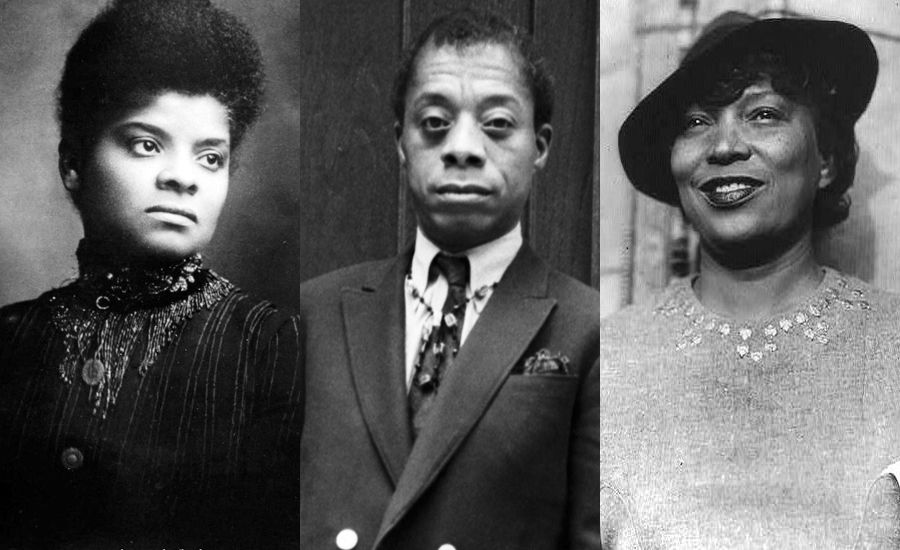You walk into a room and there they are—your doctor, your best friend and your boss, all talking about how to make your life better. Sound like a dream? It is. It’s what happens nearly every time you go to sleep. Dreams are like your personal team of advisors. Processing the day’s events. Sorting through issues and worries. Preparing you for the unexpected. Sending you subconscious messages that can change your life for the better. All you have to do is pay attention.
“Since ancient times people have realized dreams contain special information that can help guide their lives,” says psychologist Patricia Garfield, Ph.D., author of nine books on dreams. Sumerians recorded dreams on stone tablets as early as 3100 B.C. Ancient Egyptians would sleep in a temple and have their dreams interpreted by a priest the next day. And the Bible contains hundreds of references to dreams as sources of divine revelation, such as the one in which Joseph was told that Mary would bear Jesus.
Today, many scientists agree our ancestors were on to something: Dreams have significance and we can use them to improve our waking lives. “The brain communicates in dreams by combining images much the same way that when you’re awake you communicate by combining words,” says Robert Hoss, executive officer of the International Association for the Study of Dreams and author of Dream Language. “Everything you see in a dream is some aspect of yourself or some emotional memory.”
Each night about 90 minutes after you fall asleep, you enter a REM (rapid eye movement) period. REM sleep is when most dreams occur. It lasts about 10 minutes during your first sleep cycle, lengthening to 30 minutes or more as the night goes on and you complete more cycles. Major muscles are temporarily paralyzed during REM sleep, so you can’t act out your dreams.
Most of the cortex, or outer layer of the brain, is shut off during dreams, including the control centers for our motor and sensory functions and our sense of logic and time. That’s why dreams often seem bizarre to our waking minds. What kicks into high gear while we dream are the more primitive parts of our brains, like the limbic system, which deals with emotions. “Dreams link up related conflicts from the past with the present,” says psychologist Alan Siegel, Ph.D., an assistant clinical professor at the University of California, Berkeley, and author of Dream Wisdom. “It’s a little like a Google search. Your mind puts in ‘relationship problems’ and up pops your first boyfriend who rejected you. You can find symbols in your dreams for what you’re facing in life.”
With a little effort, you can turn your dreams into tools for enlightenment.
Increase Self-Awareness
Sometimes it’s clear what a dream means. But more often than not, dreams are metaphors and require interpretation. The best way to start making sense of your dreams is to write them down in a journal. You’ll remember them better and notice certain signs and patterns. Pay special attention to recurring scenarios. “We tend to have more vivid dreams and often more nightmares when getting married or starting a new job or moving somewhere,” says Siegel. “Dreams help you navigate through life passages by showing you inner feelings you’re having a hard time dealing with.”
Siegel recalls a graduate student who had started her own business. She prided herself on being a laid-back, well-liked boss. But while keeping a journal for Siegel’s class, she had six dreams of getting angry at her employees or them getting angry at her. “It was an incredible eye-opener. She realized she was letting her employees walk all over her and not asserting herself enough.”
The same dream might signify something different for someone else. One meaning doesn’t fit all. The only way to figure out what a dream is saying to you is by doing dreamwork on it. Many experts, like Siegel, advise using free association. Write down as much as you can of your dream, then note any and all connections you can think of for each image. How did you feel in the dream—scared, frustrated, hopeful? Concentrate on the dreams that evoke the strongest feelings, even if they seem the most convoluted. Try coming up with a title for your dream, like “Playing Frisbee with the Rolling Stones at the Laundromat.” How might the various symbols relate to your current life?
Gain Insight into Relationships
Why does your high school crush or a relative you haven’t talked to in ages suddenly appear in a dream? “Many women get upset when they dream of being in a loving situation with an old boyfriend,” says Garfield. “They wake up and are married with kids and wonder if the dream means they don’t love their husband or should have married that other guy.” Garfield’s advice: Think about the chief characteristics of the person in your dream. A dream about an ex who was artistic or spiritual, for instance, may be expressing a longing to get in touch with those sides of yourself.
Often in dreams, roles in relationships are reversed or one person represents another. Hoss recalls a woman in a troubled marriage who had a recurring dream of storming away from her husband. After she mentally rehearsed a new ending in which she turned to confront him, she dreamed the same scenario and turned to her husband—only to find he had her father’s face. She saw then she had been projecting her unresolved anger toward her father onto her spouse.
To help people figure out what a dream means, Hoss uses a technique called image activation dreamwork. Here’s how to do it: Pick out the primary symbol (or two) in your dream and think about its function. Better yet, put yourself in its place and think about what it would say. Hoss counseled a man who wasn’t getting along with a female boss. One night he dreamed of being in a sweet potato patch with his boss on the other side of a barbed-wire fence. “I asked him, ‘If you were a sweet potato, what would you say?’ And he said, ‘Butter me up and I’ll be good!’ Right there was what he really wanted to say to his boss—he wanted to be appreciated.” Try this with your own dreams. It could lead you to some unexpected insights.
Solve Problems
We tend to dream about what’s on our minds. It’s not unusual for a runner to find herself jogging in a dream, or an actor to speak his lines. Some experts believe dreams are like a rehearsal for waking life. They may also play a role in memory, since we dream more when we’re learning new skills.
Great breakthroughs have famously come in dreams. Dmitri Mendeleev saw the complete Periodic Table of Elements. Golfer Jack Nicklaus says a dream showed him a new way to grip his club that boosted his career. Paul McCartney woke up one morning having dreamed the melody to “Yesterday.”
Want to nudge your dreams into sparking creative solutions? Try incubation: Set a conscious intention to dream about a particular problem. “For some people it helps to visualize something to do with the problem or put pictures or objects near the bed that symbolize a dilemma,” says Deirdre Barrett, Ph.D., assistant professor of psychology at Harvard Medical School and author of The Committee of Sleep. Others prefer to write down a question, put it under their pillow and literally “sleep on it.” Tell yourself what you want to dream about throughout the day and especially as you feel yourself falling asleep.
Barrett did a study with college students in which she asked them to incubate a problem for one week. Within the week, 50 percent reported having a dream dealing with the problem and 25 percent said they dreamed a solution.
Heal Physically and Emotionally
Even disturbing dreams can turn out to have a positive impact on your life. Barrett and other experts say dreams sometimes serve as a kind of early warning system for physical illness. The dreaming mind may pick up on subtle clues from the body because it’s not distracted by waking thoughts and sensory input. While most dreams about illness and dying are metaphors for an emotional issue, if you sense something physically wrong in your dreams, it never hurts to get it checked out.
Some people try to encourage healing through the practice of lucid dreaming, or becoming aware you’re dreaming while it’s happening. Patricia Keelin, who has participated in research for the Lucidity Institute in Palo Alto, California, has long used lucid dreaming for spiritual exploration and healing. She describes how a friend used the technique on his badly injured ankle. In his dream, “he rubbed his hands together and imagined that they emitted healing energy…a brilliant blue radiating light. He imagined as vividly as possible that the light was magically repairing all the torn tissues. He later went on to do marathons!” So far there’s no hard proof that lucid dreams heal, but Keelin says at the very least, they make you feel calmer in difficult or painful situations.
Don’t forget your nightmares, either. Though your first instinct may be to flee your nighttime demons, research shows facing them can be powerful. One woman reports that for years her sleep was haunted by the image of the man who’d abused her as a child. Finally she decided to confront him in her dreams. “I reached out and tore away at his face. It fell apart like wet clay and behind it was nothing. He still appears in my dreams sometimes but I’m not afraid of him anymore.”
Work, health, relationships, self…you can apply your dreams to improve practically every area of your waking life. And once you tap into the hidden power of your dreams, you’ll never again look at sleep as wasted time. Instead, you’ll look forward to the movies your subconscious screens for you. So, how’s your personal dream team going to help you tonight?
Download your FREE positive thinking ebook!






